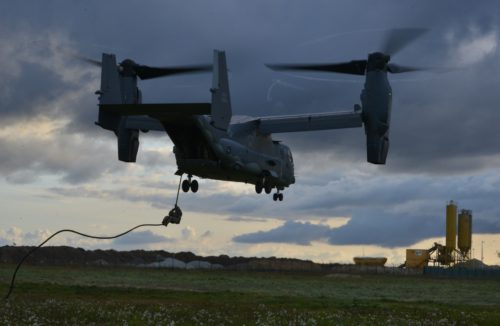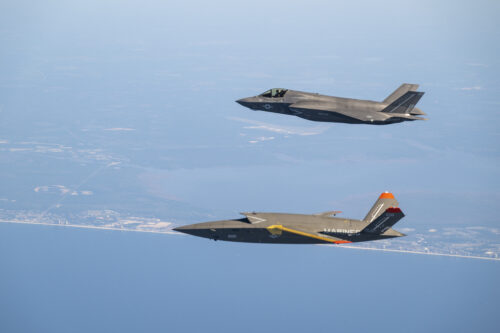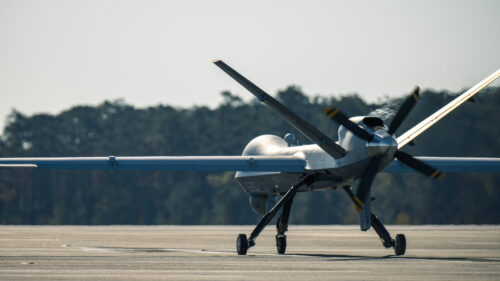The Pentagon has once again grounded its entire fleet of V-22 Osprey tiltrotor aircraft. This comes after a worrying incident at Cannon Air Force Base in New Mexico on Nov. 20, where a CV-22 Osprey experienced a near-crash shortly after takeoff. Initial investigations suggest that weakened metal components in a critical part may have been a contributing factor.

U.S. Air Force CV-22 Osprey, assigned to 352d Special Operations Wing, during Fast Rope Insertion and Extraction System training near Amari, Estonia, Sep. 3, 2019. During the week-long training, U.S. and Estonian special operation forces partnered on FRIES familiarization, casualty evacuation and rapidly loading and off-loading a tactical vehicle onto the aircraft. (U.S. Army photo by Staff Sgt. Elizabeth Pena)
Continue reading “Osprey grounded again”



